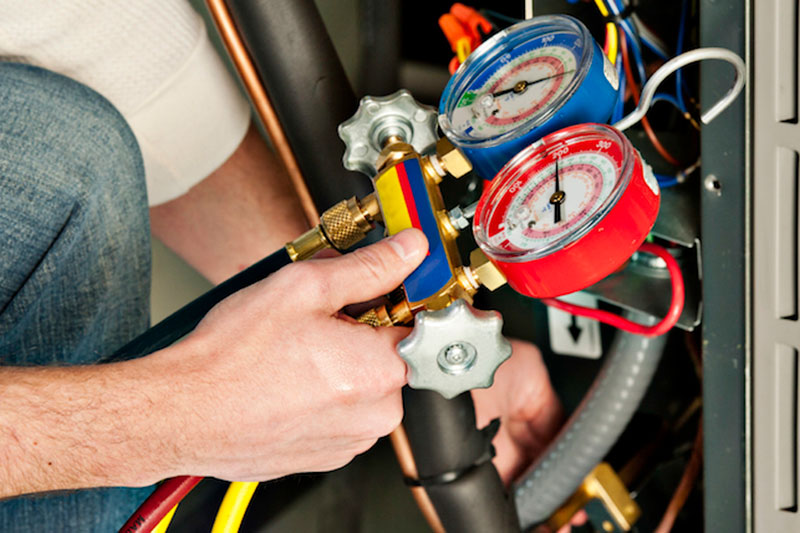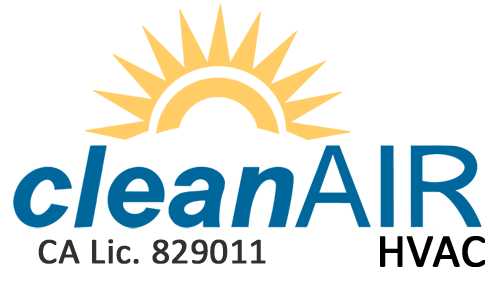
You might not think much about how your air conditioner works, but it needs refrigerant to keep your house fresh. This refrigerant is subject to environmental laws, since it contains chemicals.
Subject to when your air conditioner was added to your home, it may require R-22, R-410A or R-32 refrigerant. We’ll review the differences and which air conditioner refrigerants are being phased out in Pacheco, as well as how these phaseouts have on influence on you.
What’s R-22 and Why Is It No Longer Being Made?
If your air conditioner was added before 2010, it possibly has Freon®. You can find out if your air conditioner uses it by contacting us at 925-233-6238. You can also examine the name plate on your air conditioner condenser, which is situated outside your residence. This sticker will contain information on what kind of refrigerant your AC has.
Freon, which is also referred to as R-22, includes chlorine. Scientists consider Freon to be damaging to the earth’s ozone layer and one that results in global warming. The Environmental Protection Agency, which governs refrigerants in the United States, banned its creation and import in January 2020.
I Use an Air Conditioner with R-22. Do I Need to Get a New One?
It varies. If your air conditioning is cooling correctly, you can continue to keep it. With yearly air conditioner maintenance, you can expect your system to last around 15–20 years. However, the Department of Energy notes that removing a 10-year-old air conditioner could save you 20–40% on annual cooling costs!
If you don’t get a new air conditioner, it might lead to an issue if you need air conditioning repair later on, specifically for refrigerant. Repairs might be more expensive, because only limited amounts of recycled and reclaimed R-22 is accessible.
With the end of R-22, a lot of new air conditioners now rely on Puron®. Also known as R-410A, this refrigerant was developed to keep the ozone layer in good shape. Because it calls for an incompatible pressure level, it doesn’t match air conditioners that rely on R-22 for cooling.
However, Puron still has the potential to create global warming. Because of that, it may also ultimately be ended. Although it hasn’t been mandated yet for residential air conditioners, it’s anticipated sometime this decade.
What Refrigerant Will Replace R-410A?
In preparation of the phaseout, some companies have started using R-32 in new air conditioners. This refrigerant rates low for global warming potential—approximately one-third less than R-410A. And it also lowers energy expenditure by around 10%, according to the Intergovernmental Panel on Climate Change’s Fourth Assessment Report. That’s savings that may be forwarded on to you through your energy expenses.
Clean Air HVAC Can Assist with All Your Air Conditioning Needs
In short, the alterations to air conditioner refrigerant probably won’t impact you very much until you need repairs. But as we talked about earlier, repairs connected to refrigerant can be pricier due to the restricted amounts available.
Not to mention, your air conditioner often stops working at the worst time, typically on the warmest day when we’re receiving a lot of other appointments for AC repair.
If your air conditioner relies on a discontinued refrigerant or is getting old, we suggest installing a new, energy-efficient air conditioner. This ensures a hassle-free summer and might even decrease your cooling costs, especially if you get an ENERGY STAR®-rated air conditioner. Plus, Clean Air HVAC has many financing programs to make your new air conditioner work with your budget. Contact us at 925-233-6238 to begin right away with a free estimate.


